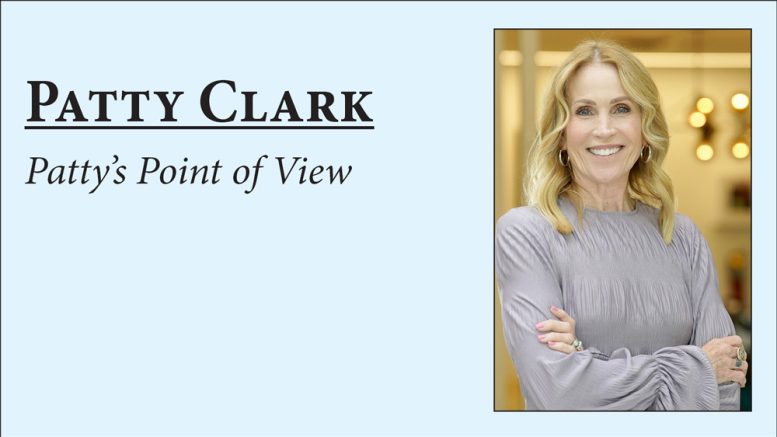By PATTY CLARK
Patty’s Point of View
The workplace continues to evolve, and in 2025, we’re seeing major shifts in how companies approach productivity, flexibility, and employee well-being. Organizations are not only striving for greater efficiency but also reimagining what it means to create environments that are comfortable, inclusive, and aligned with the expectations of a multigenerational workforce.
One of the biggest changes I’m seeing is the integration of artificial intelligence. AI is revolutionizing how we work, making it easier to streamline tasks and boost productivity. At the same time, I know there’s real concern out there about job security and how automation might affect human roles. That’s why it’s so important for companies to invest in upskilling their people, not just in terms of technical AI knowledge but also in critical thinking and emotional intelligence. We must position AI as a collaborative tool that enhances human contributions, not replaces them. The more transparent we are about how AI is being used, the more trust we’ll build within our teams. When we get that balance right, we’re blending technology with human talent in a way that helps everyone thrive.
One standout trend in 2025 is the growing number of Baby Boomers staying in the workforce not just for income but for purpose and connection. This creates a powerful opportunity for mentorship and knowledge-sharing. By offering flexible roles, collaborative spaces, and mentoring programs, organizations can bridge generational gaps and strengthen their culture.
We’re finally giving more attention to neurodiversity in the workplace. With 15 to 20 percent of the workforce being neurodivergent, including those with autism, ADHD, and other cognitive differences, it’s clear that traditional office setups don’t work for everyone. Small design changes can make a big impact: quiet zones reduce overstimulation, adjustable lighting adds comfort, and retreat areas offer mental resets. Customizable workstations let employees create spaces that truly support how they work. The best part? Inclusive design benefits everyone, not just neurodivergent employees.
Another shift I’m witnessing is the intentional effort to rebuild workplace culture, especially in hybrid or remote-first environments. Culture can’t thrive on its own, it must be cultivated. I’ve seen success in companies that create connection spaces where casual conversations can happen, even if just for a few minutes. It’s those little, unplanned moments that help us feel like we’re part of something bigger. Leaders play a big role, too; when they model inclusivity and make space for authentic connections, whether in person or virtually, it sets the tone for the rest of the organization. Blending the flexibility of remote work with the power of face-to-face moments is key to holding onto that sense of belonging.
Of course, we can’t talk about the modern workplace without addressing stress and well-being. More than ever, people are overwhelmed by deadlines, by change, and by the sheer volume of daily information. That’s why thoughtful, restorative design is so critical. Natural light, greenery, calming color palettes, and quiet rooms help create spaces that lower anxiety and support focus. I’ve also seen organizations investing in wellness programs, from mindfulness sessions to counseling support. These initiatives aren’t just “nice to have” anymore; they’re essential for maintaining a healthy, productive workforce.
Looking ahead, I believe the best workplaces will be the ones that balance structure with flexibility and ambition with empathy. Not everyone is ready to return to the office full time, and that’s okay. We’re learning that when we design with intention and lead with understanding, we build environments where people can bring their best selves to work no matter their age, experience, or working style. We may come from different generations, but we share the same goal: success. And we’ll get there together.
This guest column is written by Patty Clark, Director of Workplace Services at OfficeWorks. Workplace dynamics are evolving, and Patty is at the forefront of the conversation. Through Patty’s Point of View, she will explore the trends, challenges, and innovations shaping how we work, offering expert insights that inspire progress.
Guest columns, like Letters to the Editor, do not reflect the opinions of The Reporter, its publisher or its staff. You can submit your own guest column by email to News@ReadTheReporter.com. Please include your headshot, phone number, and city of residence.

